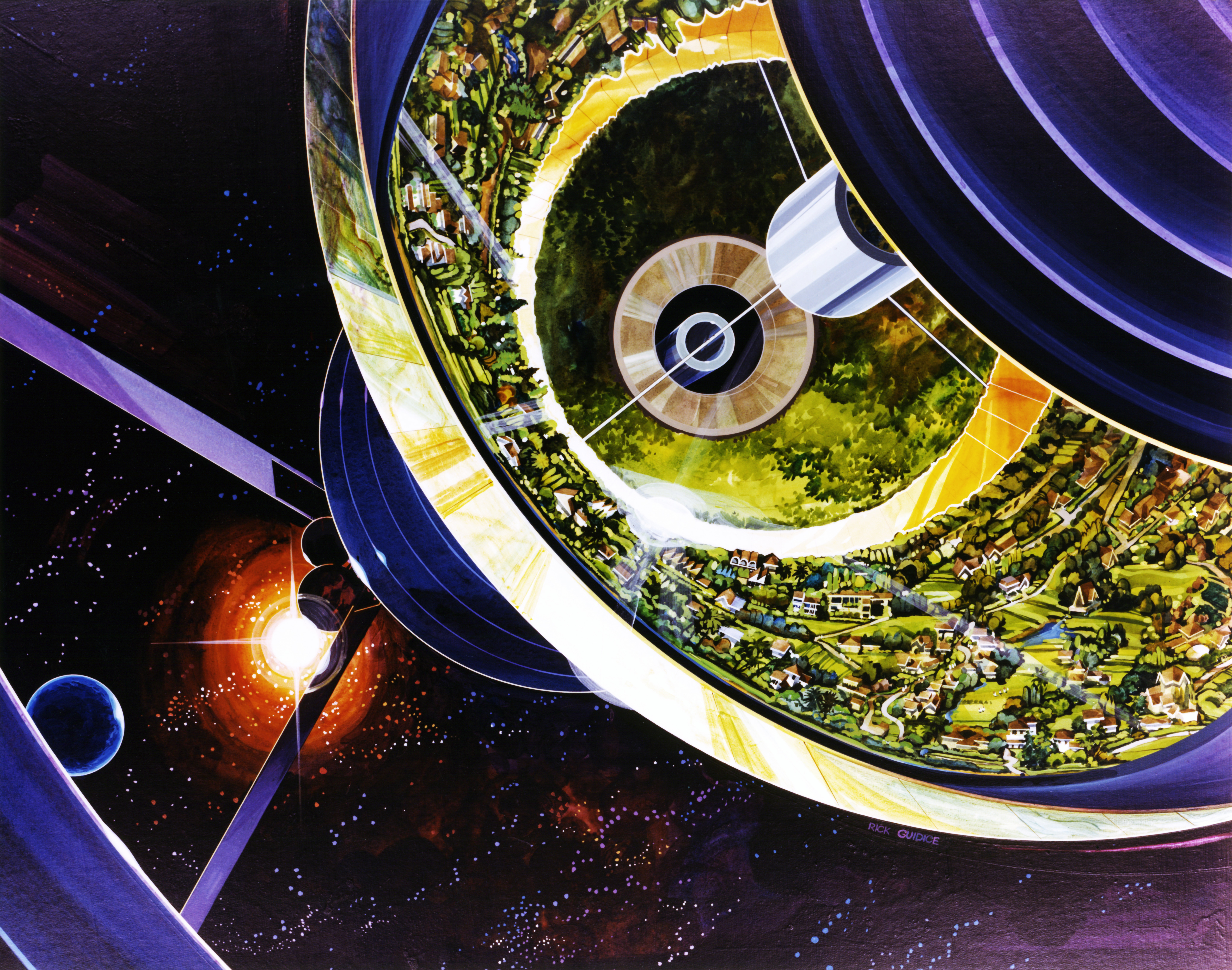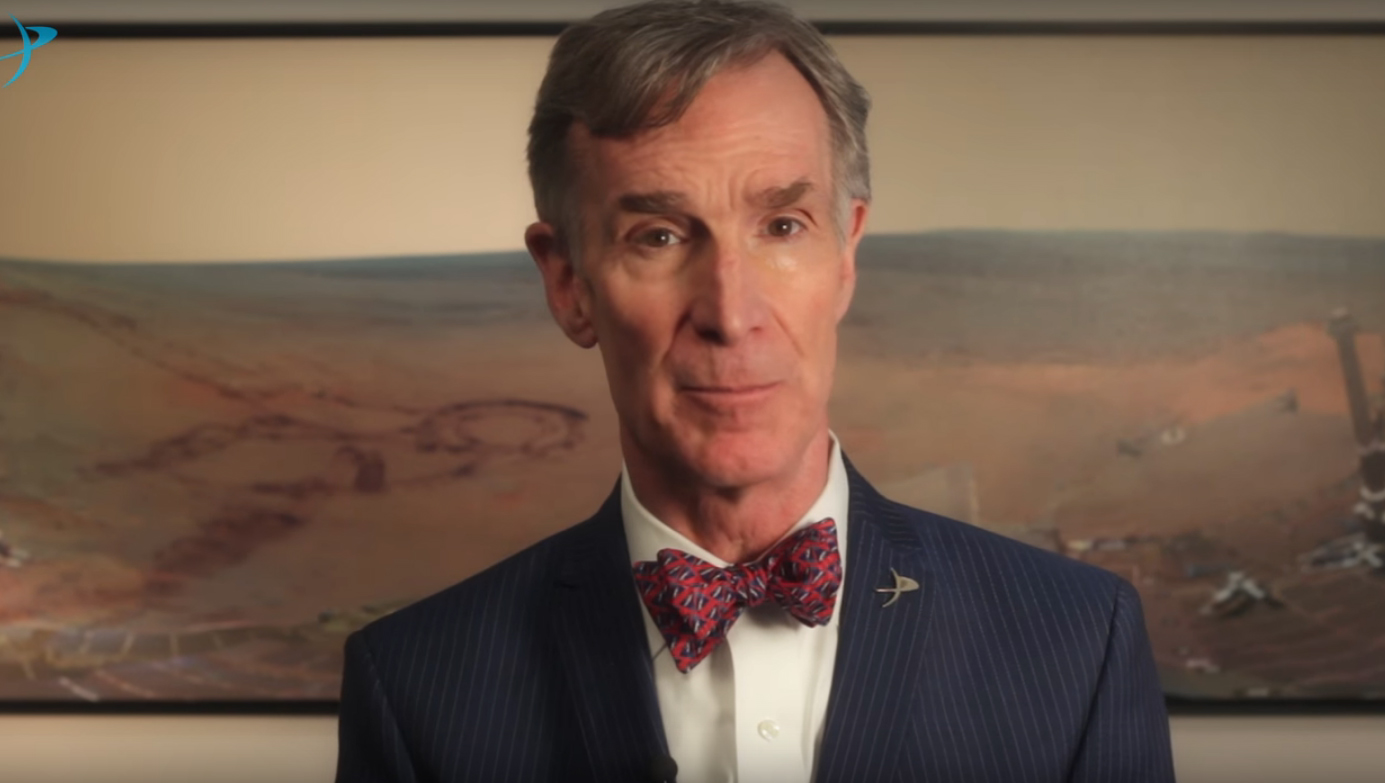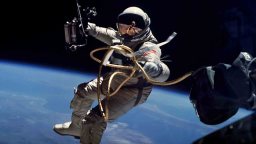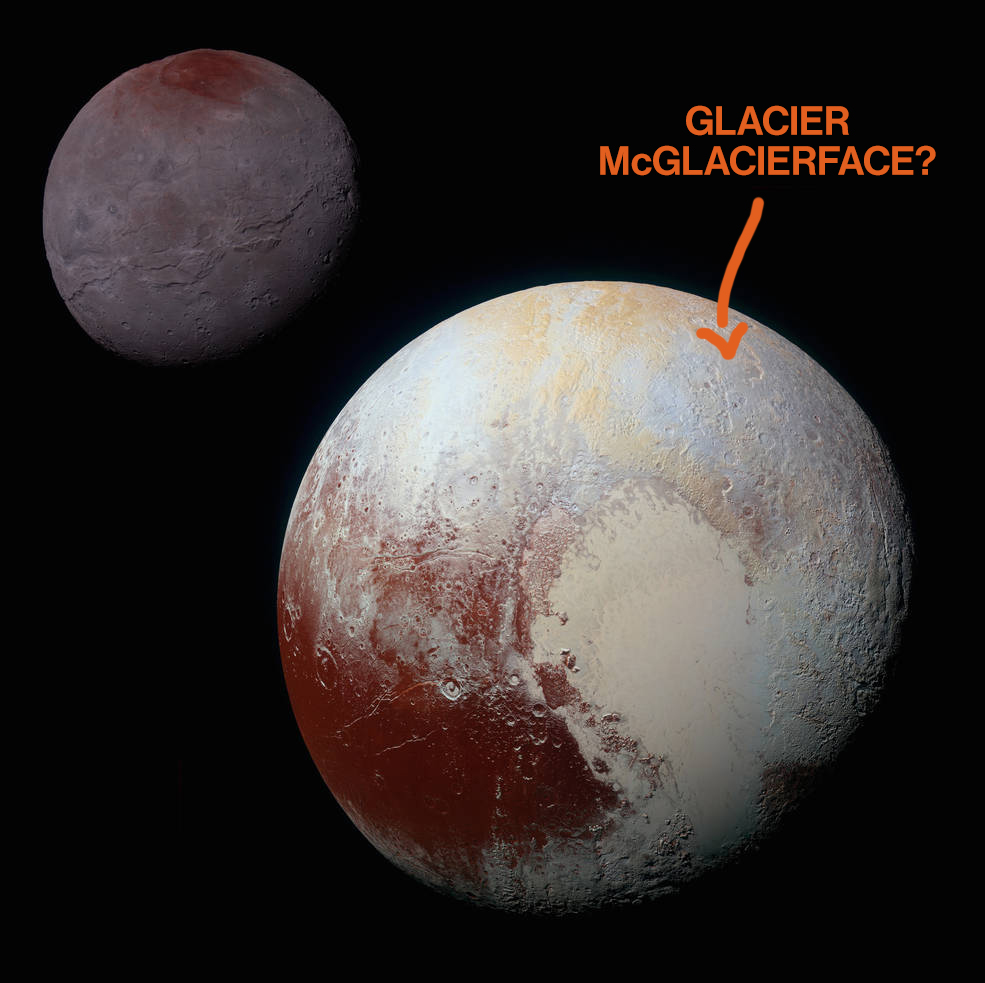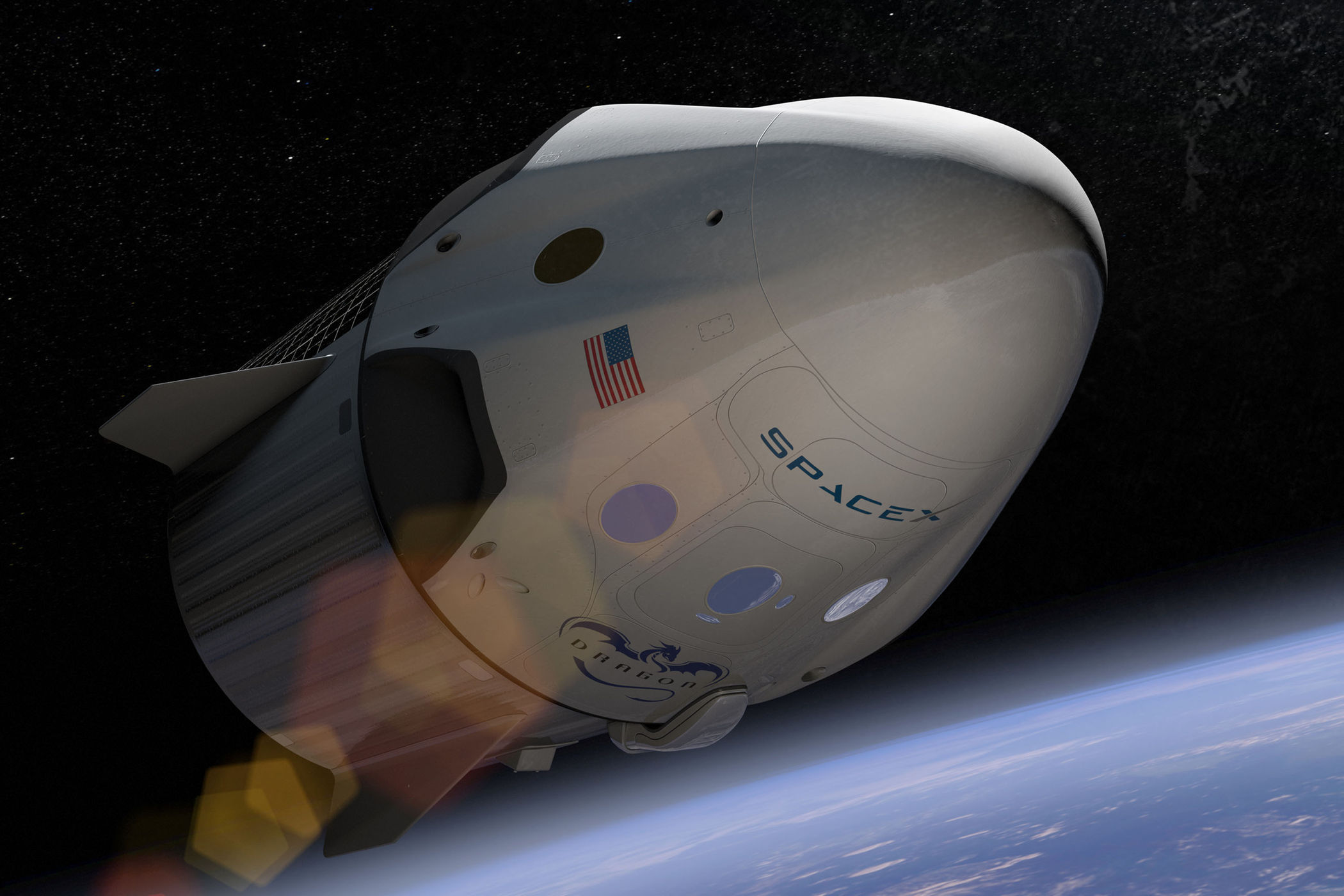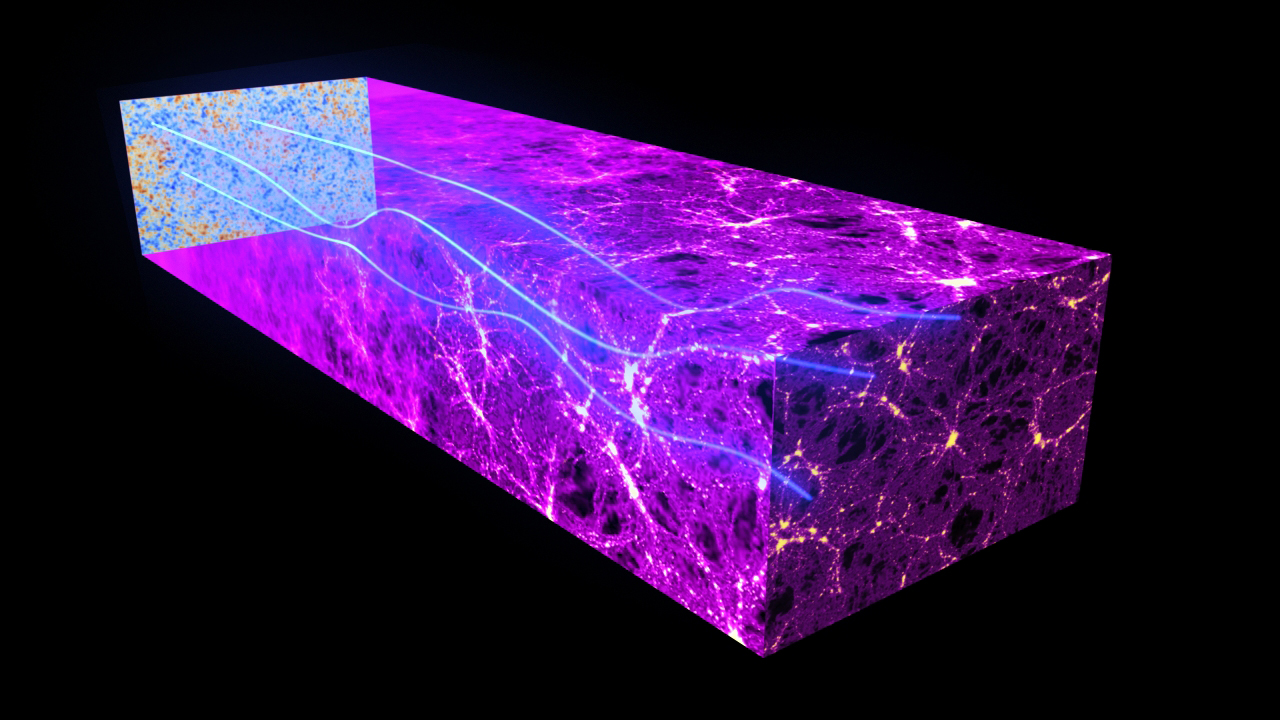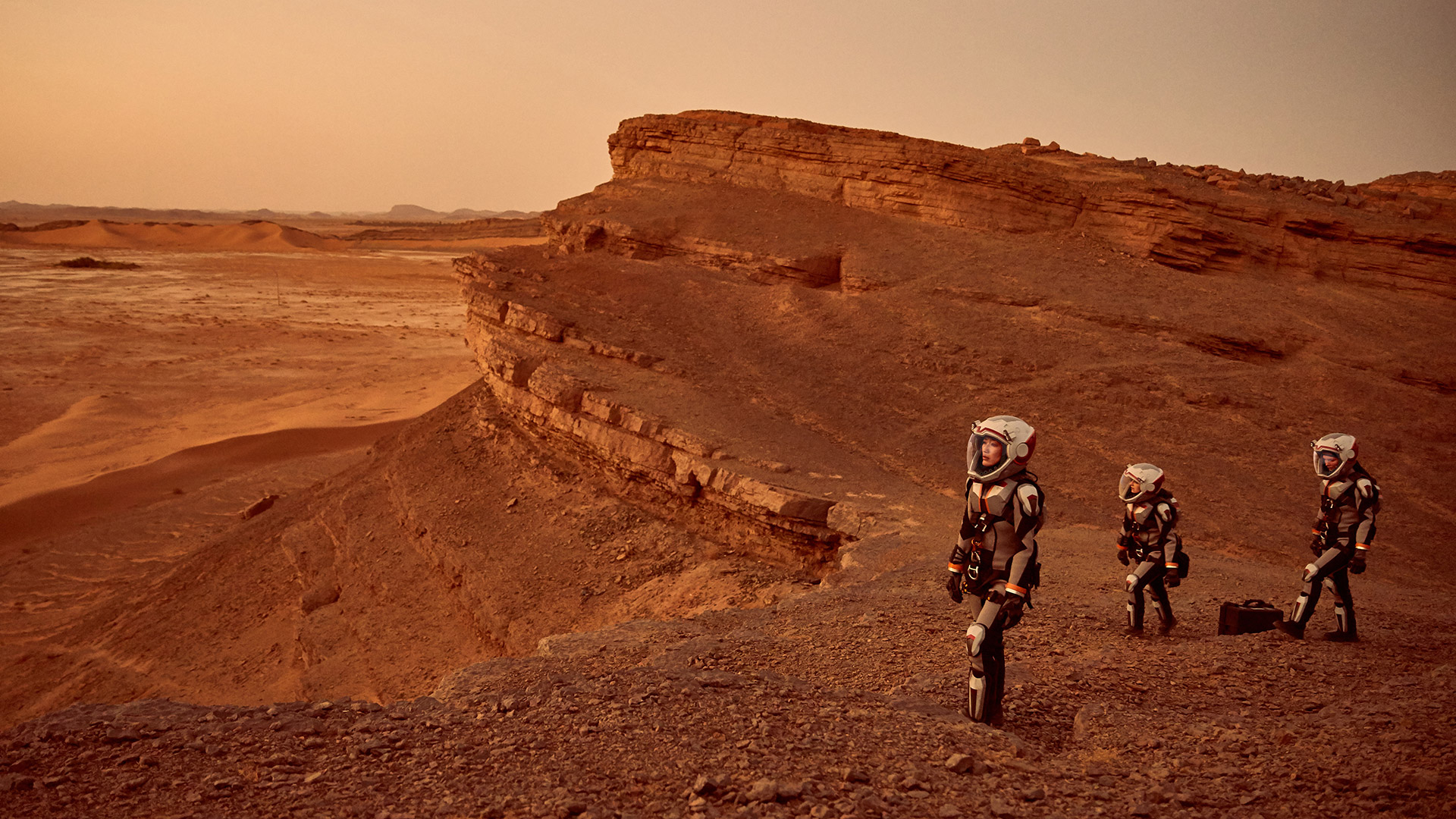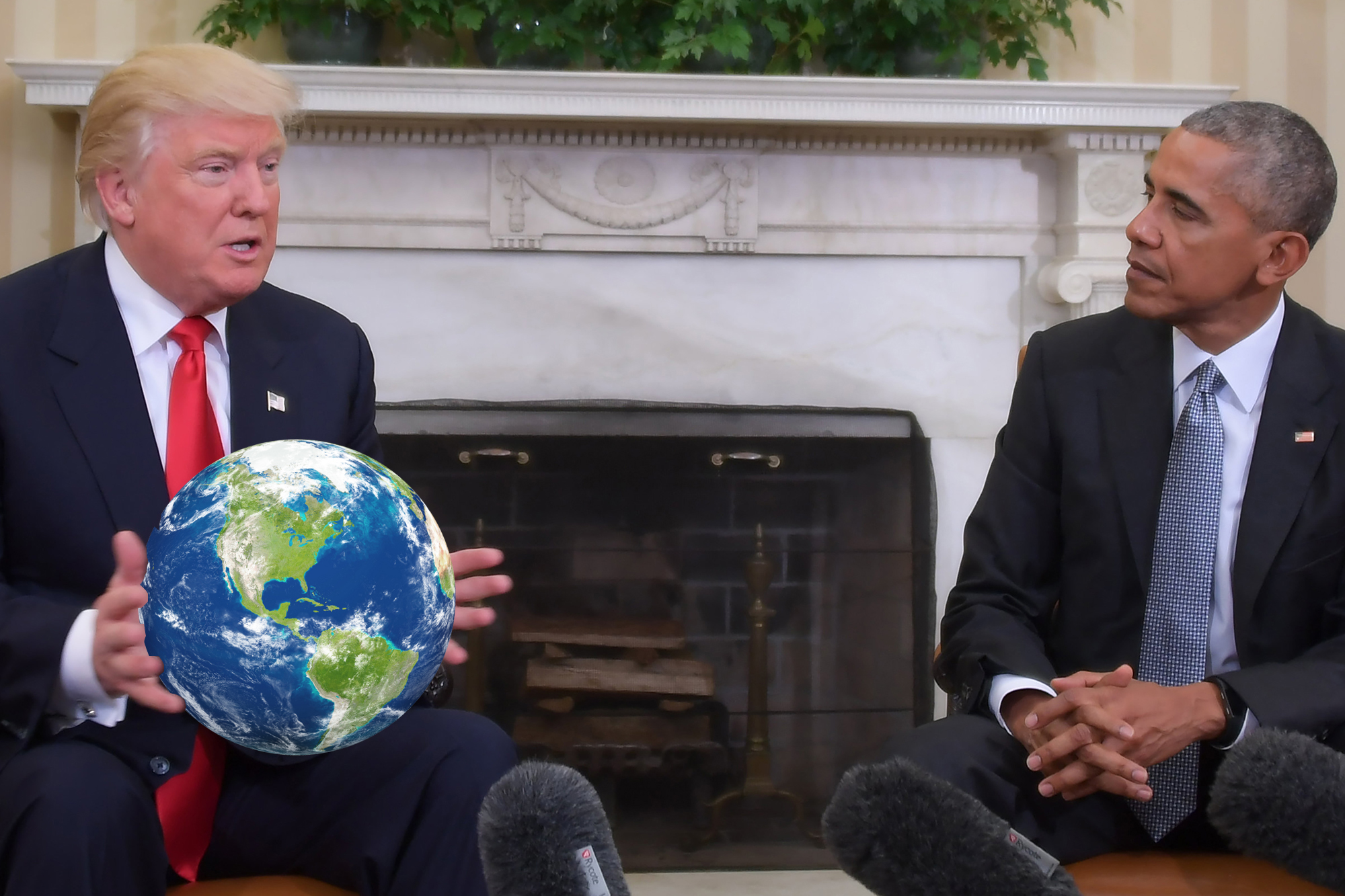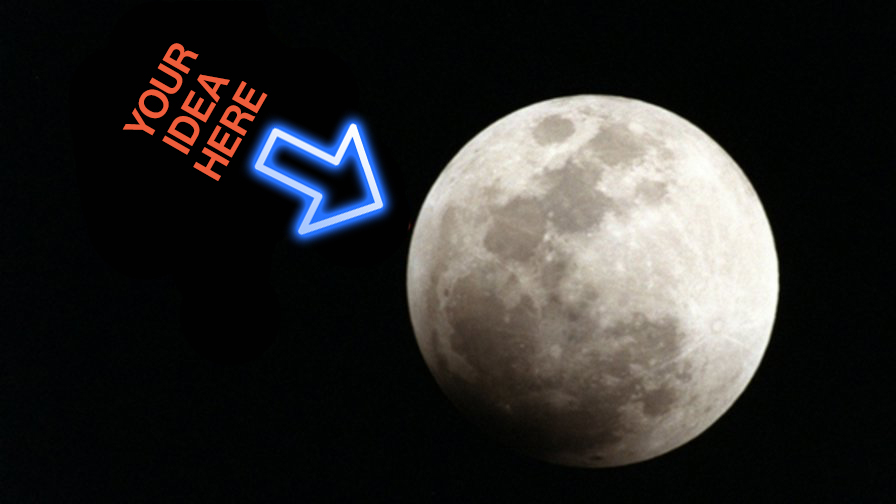nasa
Astronomers make the first direct observation of a phenomenon predicted by Albert Einstein’s theory of general relativity.
NASA announces the details of its mission to the sun, set to launch in 2018.
NASA space probes discovered a protective barrier created by human communication technology.
A new study by planetary scientists proposes a giant new space object which could have formed the Earth and the moon.
The Cassini-Huygens telescope has spent the better part of the last two decades finding out more about our galaxy than we could possibly dream of. Here’s 14 of the coolest things it has found out.
NASA scientists discover what two places in the solar system might have favorable conditions for alien life.
New research explains how to build different types of outposts in space.
What if we build from the sky down? NYC architects release designs for a skyscraper that would hang from an asteroid and travel between hemispheres.
A 17-year-old British schoolboy spots an error in the data from International Space Station’s radiation sensors.
Stephen Hawking has accepted an offer to go to space. He’s one of the world’s most famous scientists, who’s been paralyzed due to ALS for much of his life.
Scientists discover unusual galaxies that raise questions about Einstein’s theory of gravity and the existence of dark matter.
Bill Nye, CEO of The Planetary Society, offers an important 5-point plan for President Trump on space exploration and NASA’s budget.
Are we alone in the universe? NASA’s exploration of TRAPPIST-1 has the potential to answer one of humanity’s deepest questions.
▸
3 min
—
with
As its CEO, Bill Nye lays out the missions The Planetary Society would like to see NASA focus on over the next 20 years. NASA by nature goes where the future is, and Nye can’t help but think of another industry that should follow suit.
▸
5 min
—
with
Glacier McGlacierface? Not likely. NASA has set some classy themes that will guide the naming of geographical features of Pluto and its moons.
Elon Musk announces that SpaceX will fly two private citizens on a mission around the moon in 2018.
Scientists release observation data from 1,600 stars in hopes the public can help find planets that orbit stars outside our solar system.
TRAPPIST-1 is 40 light years from Earth. It would take us millions of years to get there.
Scientists from Harvard University claim to have created metallic hydrogen, a new metal with revolutionary potential applications.
Physicist Erik Verlinde’s theory successfully predicts the distribution of gravity around 33,000+ galaxies without relying on unobserved “dark matter”.
It’s not just the dope suits. A review says leadership plays a huge role at both the agency level and executive branch.
Our universe is flat, geometrically. But what exactly does “flat” mean?
Scientists propose an unexpected location for extraterrestrial life.
A massive chart of humankind’s 113 spacecraft so far and where they’ve gone.
It seems inevitable that there will be a Mars colony, but the path there won’t be easy. There are two key challenges ahead that will push innovation.
As president, Donald Trump is uniquely positioned to bring America back to the Moon.
In response to the president elect, NASA’s leadership is developing strategies for continuing deep space exploration in the event of budget change or stagnation.
If humans are going to explore the solar system, we need to figure out how to live in space. The best way to figure that out is on the Moon — and you can help. Here’s how.
Bill Nye casts his mind to the future to give us a picture of how the descendants of our current 3D printing technology will change our ways and our world.
▸
4 min
—
with
NASA’s updated celestial observations have forced astrology enthusiasts to revise the 3,000 year-old zodiac calendar – but let it be known that NASA does not care.






